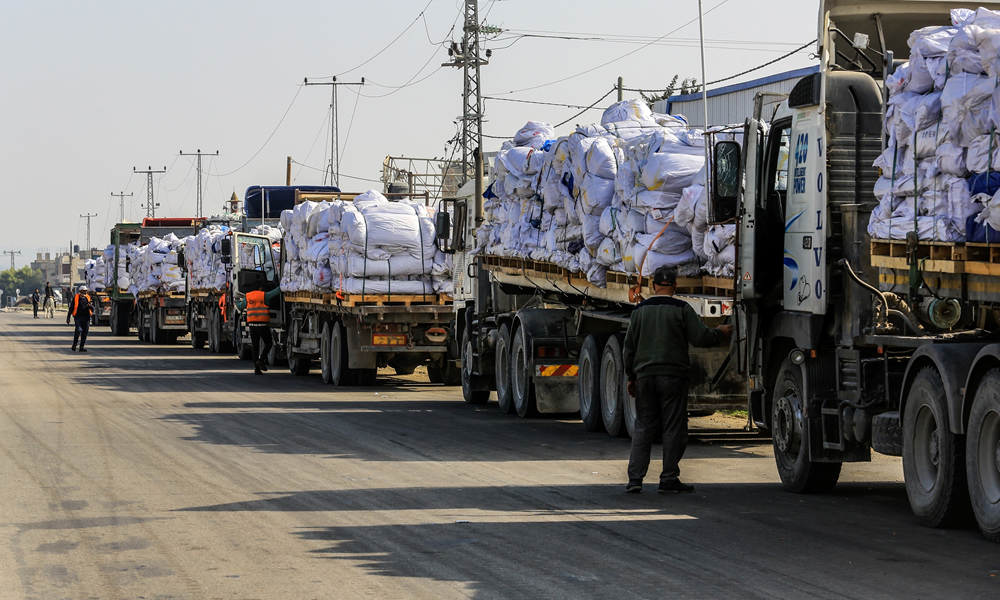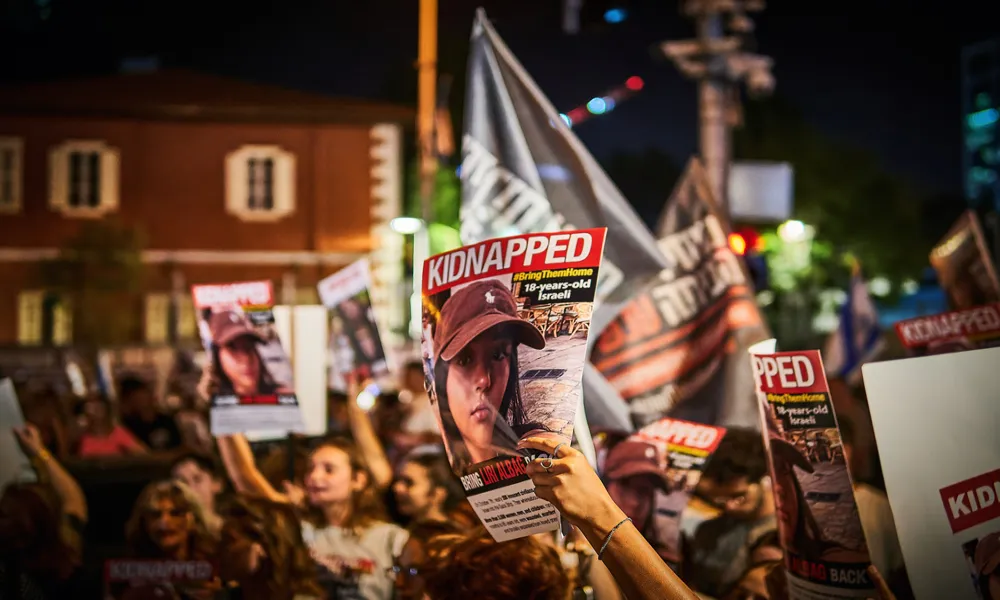Negotiations to return the remains of Israeli hostages are unfolding in a tense atmosphere, with Israel disputing Hamas’s statements and the United States delivering strict cautions. Late Wednesday, Israeli Defence Minister Israel Katz warned that Israel will resume military operations in the Gaza Strip if Hamas fails to honour the ceasefire agreement, saying the group has not yet returned all the bodies of deceased hostages. His office stated that if Hamas refuses to comply, Israel, in coordination with the U.S., will restart fighting to pursue the group’s “complete defeat.”
Earlier, Hamas asserted it had returned to Israel all hostage remains it has been able to locate. A senior U.S. official, speaking on background, said Palestinian interlocutors continue to indicate their intent to implement the deal and repatriate the bodies of hostages who were killed.
What the agreement requires and what’s been delivered
Under the truce terms, based on a plan presented by U.S. President Donald Trump in late September, Hamas was required to repatriate all hostages it held in Gaza, living and deceased, within 72 hours of the cessation of hostilities, meaning by midday Monday (Cyprus time). Hamas freed the 20 living hostages on time. To date, however, only nine of an estimated 28 sets of remains inside Gaza have been returned: four on Monday, three on Tuesday and two on Wednesday. Hamas said it fulfilled its commitment to hand over all living captives and any bodies it could access, adding that locating the rest would require extensive efforts and specialised equipment.
On Tuesday, following the handover of three Israeli hostage remains, Israel returned 45 Palestinian bodies to the Gaza Strip.
Domestic pressure in Israel
Accusing Hamas of stalling and violating the deal, National Security Minister Itamar Ben Gvir again urged Prime Minister Benjamin Netanyahu to halt all humanitarian deliveries to Gaza. Earlier reports by Israel’s public broadcaster KAN suggested the Rafah crossing with Egypt might reopen imminently to allow aid into Gaza, but as of now it remains closed.
The United Nations issued a fresh appeal for Israel to open all crossings “immediately” to allow larger volumes of assistance to enter Gaza. From Cairo, UN humanitarian official Tom Fletcher stressed the “absolutely urgent” need for large-scale distribution. The UN declared areas of Gaza to be in famine at the end of August, a designation Israel disputes. Aid groups say deliveries allowed mainly via Kerem Shalom are hampered by administrative delays and security inspections. The UN and WHO say recent days have seen Israel permit in cooking gas for the first time since March, along with tents for the displaced, fresh produce, frozen meat, flour and medicines.

On the ground: hunger, disorder and displacement
Amid severe shortages, some Gaza residents have been stopping aid trucks and looting food for storage, hindering organised distribution to the hardest-hit communities, according to a humanitarian source. In Gaza City, where residents have returned to the ruins of their homes, many have set up tents and makeshift shelters among the debris, AFP video showed. “They threw us into the street. There is no water, no food, no electricity. Nothing,” said Mustafa Makhram. Another resident, Yousef Jounda, added: “Nothing is left standing in Gaza City… only destruction.”
The toll of two years of war
Israel launched large-scale operations in Gaza after Hamas’s unprecedented raid into southern Israel on 7 October 2023. That assault left 1,221 people dead on the Israeli side, mostly civilians, according to an AFP tally based on official data, which includes two hostages whose deaths have been confirmed. Israel’s retaliatory campaign has killed at least 67,938 people in the Gaza Strip, mostly civilians, according to the latest figures from the Hamas-run Health Ministry that the UN considers reliable.
Source: CNA
